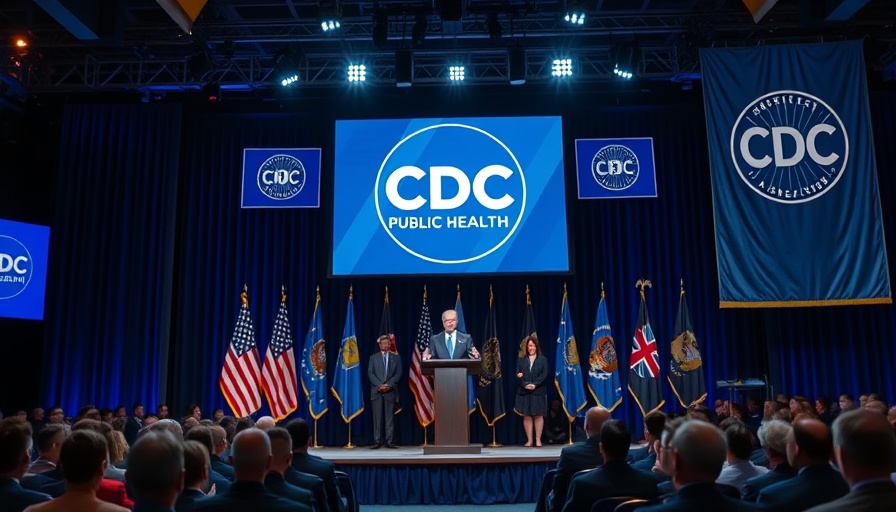
Understanding the Delicate Balance of Public Health and Privacy
In the thought-provoking video, "The Woman in the Black Coat," Dr. Alex Barger recounts a gripping tale centered on the invocation of public health measures in response to Lassa fever. The narrative unfolds in October 2024, when a man named David tragically succumbs to the virus after visiting family in West Africa. This story presents critical questions about public safety and privacy, igniting a conversation about how health officials navigate the challenging terrain between protecting communities and respecting individual rights.
In 'The Woman in the Black Coat,' Dr. Alex Barger narrates his challenging experience with a Lassa fever case, prompting us to explore the critical balance between public health and individual privacy.
The Role of Contact Tracing in Modern Epidemiology
Contact tracing serves as a crucial public health tool, especially in the containment of infectious diseases. Following David's death, Dr. Barger and his team embarked on a race against time to identify those who had interacted with him during his illness. With the virus’s incubation period and the urgency of immediate action weighing heavily, the team’s investigative techniques highlight the intense pressure healthcare professionals face.
The narrative indicates that prompt quarantine measures not only expedite care for exposed individuals but also curtail the risk of further viral transmission. As illustrated in David's case, identifying contacts can literally mean the difference between life and death for those who may unknowingly become carriers of an infectious disease.
Reflecting on Ethical Dilemmas in Public Health
Dr. Barger’s experience raises profound ethical questions about the extent to which health officials should go in the name of public safety. During his investigation, he struggled with the implications of tracking down potentially exposed individuals. This predicament brings to light the case of the woman in the black coat, who could easily have perceived him as invasive rather than protective.
The fear of overstepping personal boundaries is a recurring theme in public health discussions. As healthcare professionals, understanding our roles often requires a fine balance between action and hesitation — safeguarding public health while considering individuals’ emotional well-being and privacy.
The Power of Community Engagement in Health Interventions
In Dr. Barger’s journey, one striking aspect is the collaboration with community members, such as pastors and police officers, for assistance in identifying individuals who may have been exposed to the virus. This emphasizes the vital role community trust plays in effective public health interventions. When individuals feel respected and respected within their communities, compliance with health directives increases, ultimately fostering a healthier environment.
Future Trends in Public Health Responses
As we look at the broader implications of this scenario, future public health strategies will likely continue to evolve amid growing concerns surrounding personal privacy. With technology's impact expanding exponentially, health professionals must navigate these shifting dynamics carefully.
Continued innovation in digital health initiatives offers potential avenues for more effective contact tracing while safeguarding individual privacy. Empowering communities through education on infectious diseases can also enhance understanding and bolster public compliance.
Ultimately, closing the gap between public health and privacy requires a proactive approach, fostering coaction between health officials and communities while continuously evaluating the ethics of invasive measures.
In reflecting on Dr. Barger’s compelling narrative, we are encouraged to think critically about how we engage in public health efforts. Embracing each story reminds us that every data point is connected to a person, underscoring the necessity of compassion in healthcare delivery.
 Add Row
Add Row  Add
Add 




Write A Comment